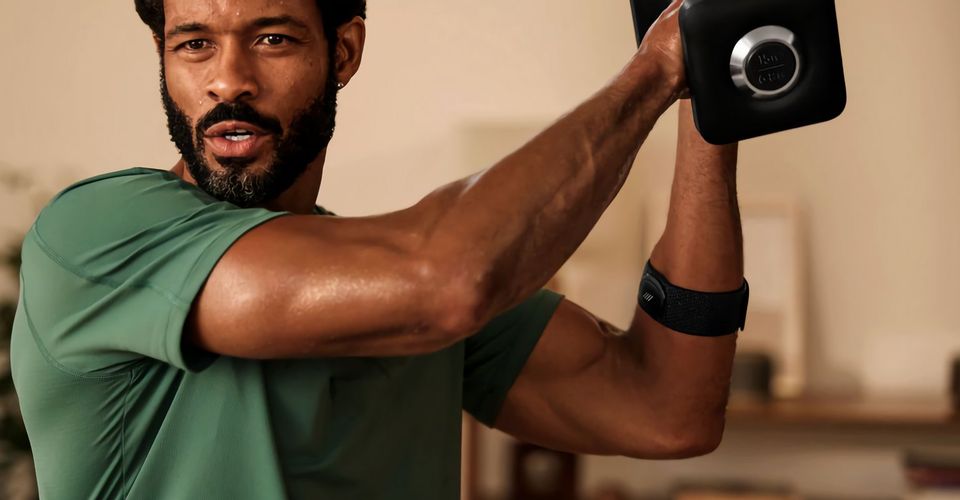Peloton Heart Rate Band: What Is It & Should You Buy?

Peloton exercise gear is facing an uncertain future owing to safety issues and declining sales, but the company continues to diversify its portfolio of fitness-centric devices with a new addition, the Peloton Heart Rate Band. Peloton already sells a heart rate tracking wearable in the form of its Heart Rate Monitor, but it adopts the chest strap design. When it comes to heart rate tracking, the form factor and body placement play a crucial role.
Wrist-based heart rate monitors are convenient to wear and don’t require any special contraption or extra care. However, they don’t offer the best accuracy, especially when worn incorrectly and in sports where vigorous hand movements flex the muscles and other tissues in the wrist area. In addition, clinical studies have proved that wrist-based wearables are less reliable for people with dark skin tones. Chest straps are more accurate and dependable, but they can be uncomfortable for folks struggling with obesity and need a lot more maintenance. They are also expensive, especially if the strap is of high-quality fabric with traits like waterproofing.
Arm-based heart rate monitors offer higher accuracy, especially during workouts that put a lot of strain on the wrist area. They are great for running activities and don’t require users to wet the sensor, as is the case with chest straps. Peloton’s Heart Rate Band capitalizes on the benefits mentioned above of an arm-based heart rate sensor. The latest Peloton offering is up for grabs at $90 from the company’s official website and is available in two sizes — small (7.5-10.5 inches / 19-27 cm) and large (10.5-13.5 inches / 27-34 cm). Unfortunately, there is only a single black trim on the table. As far as compatibility goes, the Heart Rate Band is compatible with the Peloton Bike/Bike+ and the Peloton Tread/Tread+. Users can also pair it with Android TV and Apple TV devices, as well as Android and Apple phones.
One For The Peloton Ecosystem

A significant difference between Peloton’s arm-based and chest-worn heart rate monitor is that the former uses optical sensors while the latter relies on an electrodermal module. It also supports Peloton’s Strive Score metric, which measures the workout intensity and lets users compare their performance across different kinds of exercises. The armband will also be compatible with Peloton Guide, the company’s upcoming workout gadget that is essentially a camera gizmo that is plugged into a TV. It gives users access to many guided workouts, somewhat like Apple’s own Fitness offering. The Peloton Guide’s camera can track body movements to ensure users strike the correct posture.
Peloton says users should wear the armband at least three finger-widths away from their elbow crease, and its sensor hub must sit on the inward-facing side of the forearm. Pairing with compatible devices happens automatically once the display unit on the sensing hub is turned on. Connection with phones happens over Bluetooth using the Peloton app. Five LEDs on the sensing module tell what heart rate zones users are currently in during a workout. The onboard rechargeable battery is said to last about 10 hours. However, it doesn’t support ANT+, which means it won’t work with much non-Peloton equipment.
Source: Peloton
About The Author

















